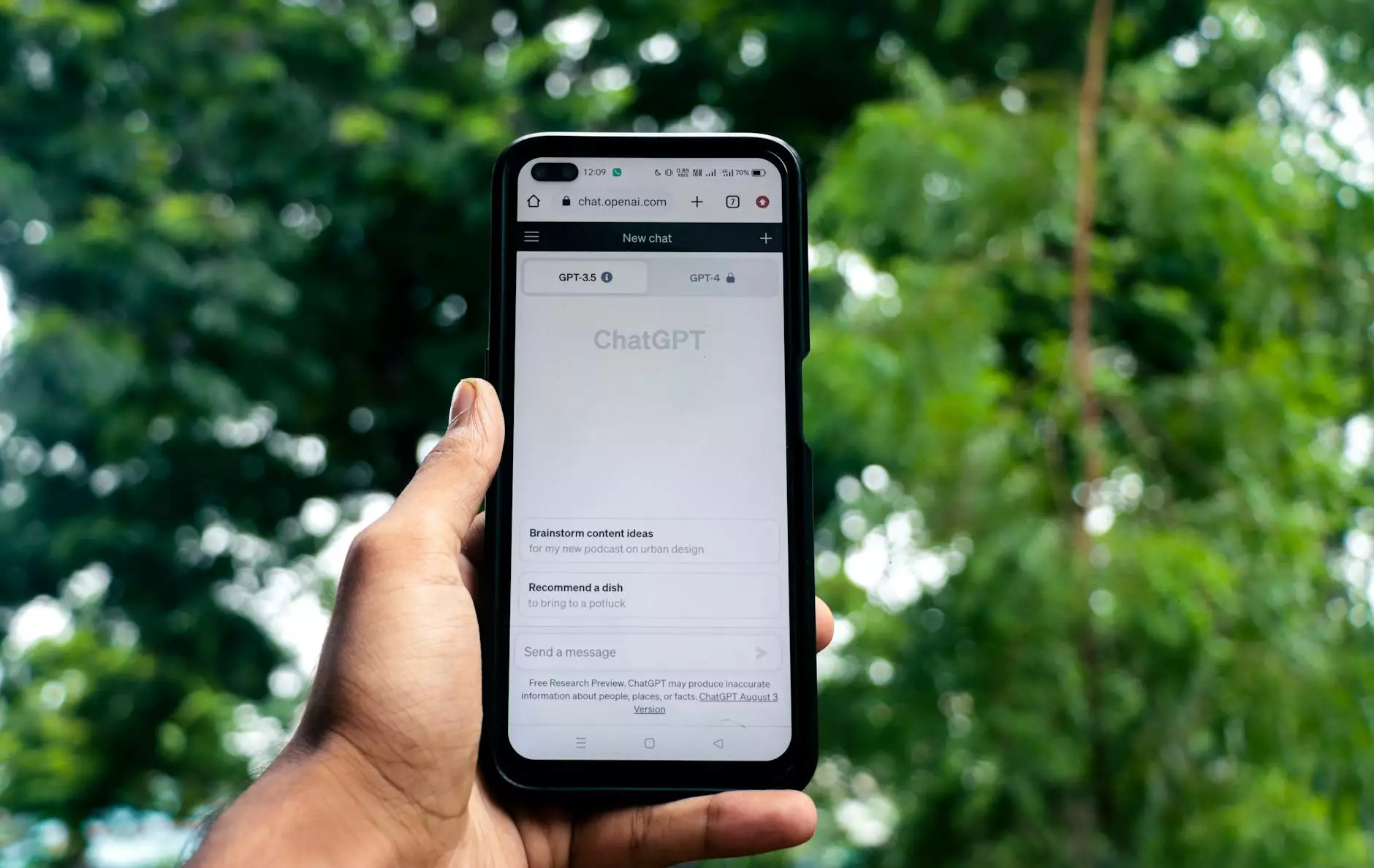Optimizing Your Google Ads Landing Page with VeroAir Web Designer
Blog
As a business or an individual offering products or services, running Google Ads campaigns is an effective way to reach a wider audience. However, achieving success with your Google Ads campaigns also requires optimizing your landing page. In this comprehensive guide, VeroAir Web Designer, a leading provider of website development services in the Business and Consumer Services industry, will share valuable insights and expert tips on how to optimize your Google Ads landing page for maximum performance and higher conversions.
Understanding the Importance of Landing Page Optimization
Before diving into the specifics of optimizing your Google Ads landing page, it's important to understand why optimization is crucial. A well-optimized landing page can greatly improve your campaign's effectiveness and drive higher conversion rates. By ensuring your landing page aligns with your ad message, offers value, and delivers a seamless user experience, you can increase the chances of visitors taking the desired action, whether it's making a purchase, submitting a form, or signing up for a newsletter.
Defining Clear Objectives and Key Metrics
One of the first steps in optimizing your Google Ads landing page is to define clear objectives and key metrics. What do you want visitors to do when they land on your page? Is it purchasing a product, filling out a form, or contacting your business? By clearly defining your objectives, you can tailor your landing page design, content, and call-to-action buttons to encourage visitors to take the desired actions.
It's also important to identify key metrics that will allow you to measure the success of your landing page. This could include conversion rate, click-through rate, bounce rate, and average session duration. Tracking these metrics will provide insights into your landing page's performance and help you make data-driven decisions for improvement.
Creating a Compelling Headline and Subheadings
When visitors arrive on your landing page after clicking on your Google Ads, the headline is the first thing they see. It needs to be compelling, concise, and relevant to the ad copy that led them there. Craft a headline that grabs attention, clearly communicates value, and entices visitors to continue reading and exploring your offerings.
Incorporating keyword-rich subheadings throughout your landing page is also essential. Subheadings break up the content and allow visitors to quickly scan and find the information they are looking for. Use subheadings that not only include relevant keywords but also provide a concise summary of the content that follows.
Enhancing Readability and Formatting
While optimizing for search engines is important, remember that your landing page is ultimately designed for human users. Pay attention to the readability and formatting of your content to ensure a positive user experience. Use short paragraphs, bullet points, and numbered lists to make the text more scannable and digestible.
Break up lengthy paragraphs into smaller chunks and use descriptive headings to guide readers through the content. Utilize HTML formatting tags such as , , and to highlight key points and make important sentences stand out. However, use these formatting tags sparingly and purposefully to avoid overwhelming the reader.
Optimizing Images and Visual Elements
Including relevant and visually appealing images on your landing page can significantly enhance the user experience and help convey your message more effectively. Optimize your images by compressing them without compromising quality to ensure fast loading times.
Additionally, make sure to include descriptive alt text for each image, utilizing relevant keywords where appropriate. This not only improves accessibility for visually impaired users but also provides search engines with valuable context about the image content.
Improving Page Load Speed
Page load speed is a critical factor that affects both user experience and search engine rankings. Visitors expect fast-loading pages, and if your landing page takes too long to load, they may abandon it and move on to your competitors. To improve page load speed, optimize your code, leverage caching techniques, and minimize the use of large media files.
A fast-loading landing page not only improves user satisfaction but also positively impacts your Google Ads Quality Score, potentially leading to lower advertising costs and better ad rankings.
Designing a Clear Call-to-Action
Your call-to-action (CTA) is arguably the most important element on your landing page. It's the final push that persuades visitors to take the desired action. Design a clear and visually prominent CTA button that stands out from the rest of the page. Use action-oriented language and ensure its placement is in line with your visitors' eye flow.
Optimize your CTA button by incorporating strong verbs that encourage immediate action, such as "Buy Now," "Get Started," or "Subscribe Today." A well-designed and strategically positioned CTA can significantly increase your conversion rates and improve the overall performance of your Google Ads campaign.
Testing, Tracking, and Continuous Optimization
Optimizing your Google Ads landing page is an ongoing process. It's crucial to test different elements, track their performance, and make continuous improvements based on the insights gained. Conduct A/B tests to compare variations of headlines, CTAs, colors, and layouts to identify the best-performing combinations.
Use tools like Google Analytics to monitor the behavior of visitors on your landing page. Analyze data, identify potential bottlenecks or areas for improvement, and make data-driven decisions to further optimize your page.
Conclusion
Optimizing your Google Ads landing page requires a strategic approach, attention to detail, and continuous refinement. By following the tips and techniques shared in this comprehensive guide, courtesy of VeroAir Web Designer, you can position your landing page for success, outrank your competitors, and boost your Google Ads campaign's performance. Remember, the key lies in aligning your landing page with the expectations set by your ads, delivering value to your visitors, and providing a seamless user experience. Start implementing these optimization strategies today and unlock the true potential of your Google Ads campaigns.










